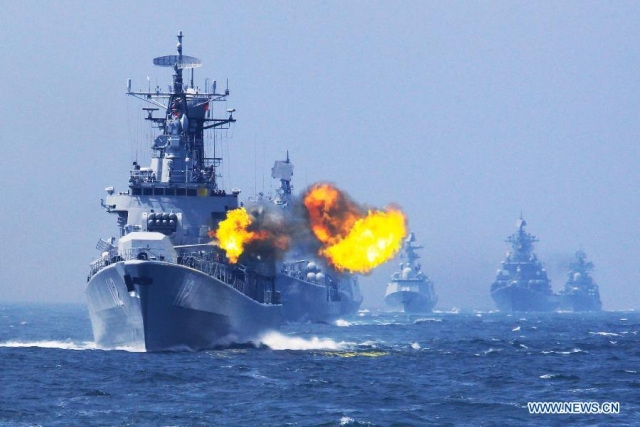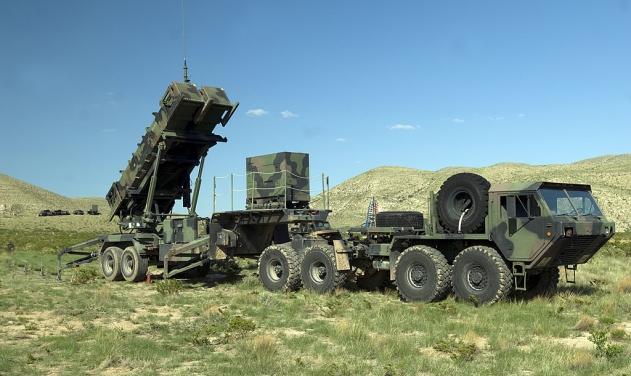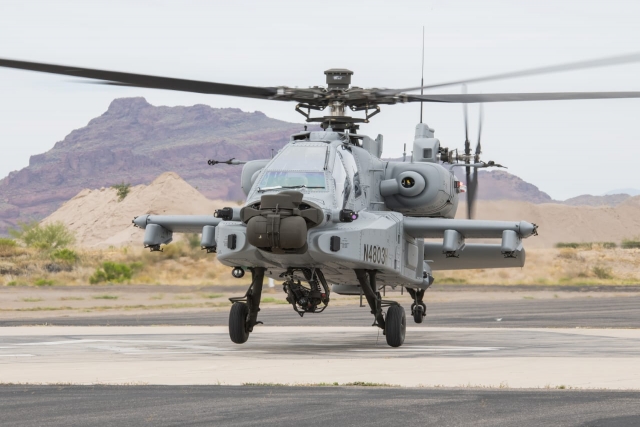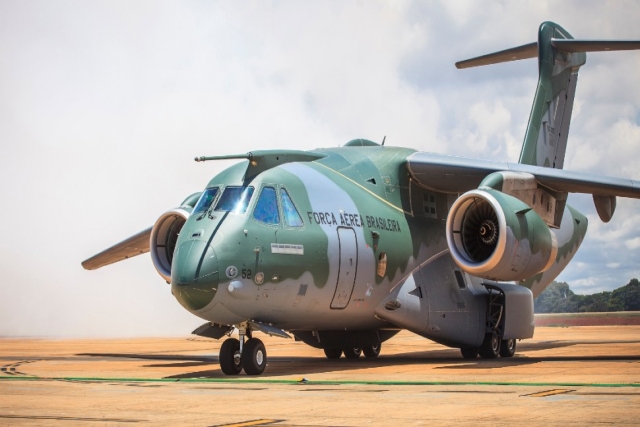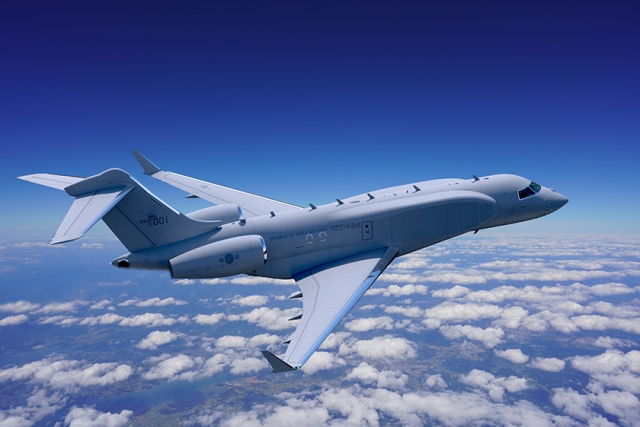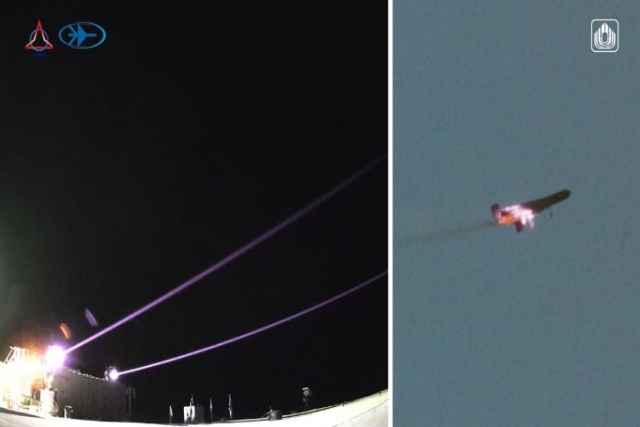Taiwan to Acquire Cruise Missiles, Underwater Mines; Hikes 2021 Defence Spending
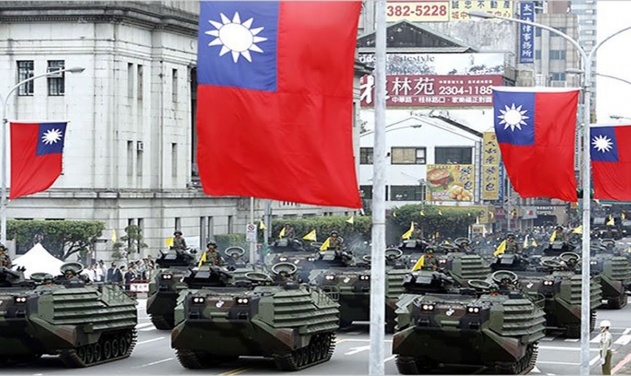
Taiwan Working to Acquire Coastal Defense Cruise Missiles to complement domestically built Hsiung Feng missile system to deter a possible Chinese invasion.
Taiwan today unveiled a T$42.1 billion ($1.4 billion) increase for 2021 planned defence spending, local media reported.
The country’s military is also working on procuring underwater sea mines to better defend against amphibious landings, Taiwan’s Representative to the U.S. Hsiao Bi-khim announced on Wednesday.
The cornerstone of Taiwan's defense is its asymmetric capabilities, which she defined as "cost-effective but lethal enough to become deterrents, to make any consideration of an invasion very painful."
Hsiao was speaking during a video conference hosted by the Hudson Institute and Center for American Progress on August 12.
Hsiao stated that another important part of Taiwan's military restructuring is enhancing its cybersecurity and cyberwarfare capabilities. She said a critical aspect of this is the recruitment, training, and retention of "cybertalent."
Chinese fighter jets entered Taiwanese airspace on August 10, a day after US Health and Human Services (HHS) Secretary Alex Azar landed in Taiwan which marks the first by an American HHS head and the first by a U.S. Cabinet-level official since 2014.
The Chinese J-10 and J-11 jets were “driven away” by Taiwanese F-16s said the Taiwanese military adding that the jets were kept in the cross hairs of Taipie’s air defence system with their missiles armed should Beijing’s jets take offensive action.
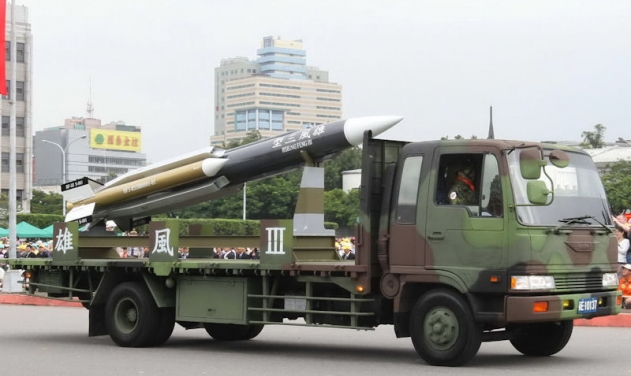
Meanwhile Chinese military experts said the weapons pose no threat to the PLA, as they can be easily countered.
Lockdown via sea mines is an outdated tactic from World War II, and the PLA has long gained the capability to sweep sea mines and open green passages, Song Zhongping, a Chinese military expert, told the Global Times on Thursday.
The PLA troops can also carry out aircraft vertical landing, which will allow them to avoid the sea mines, Song said, noting that the deployment of sea mines will only isolate the island from the rest of the world but will not be able to stop a potential amphibious landing by the PLA.
Taiwan has its own indigenous cruise missile, but the intention to purchase US ones showed the island is still fully reliant on the US for advanced technologies, Song said.
These types of cruise missiles are only of high subsonic speed, and follow a relatively fixed flight trajectory, Song said, noting that the PLA has a wide selection of tools it can use to intercept them.
